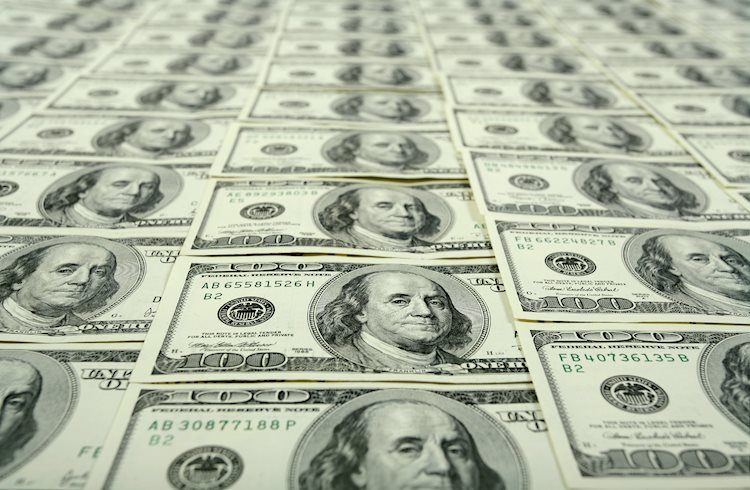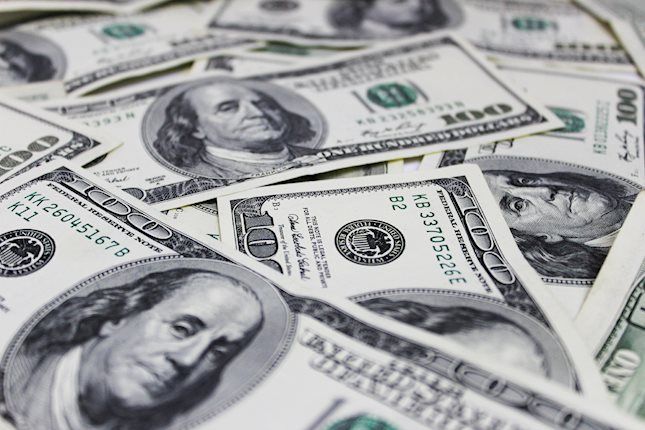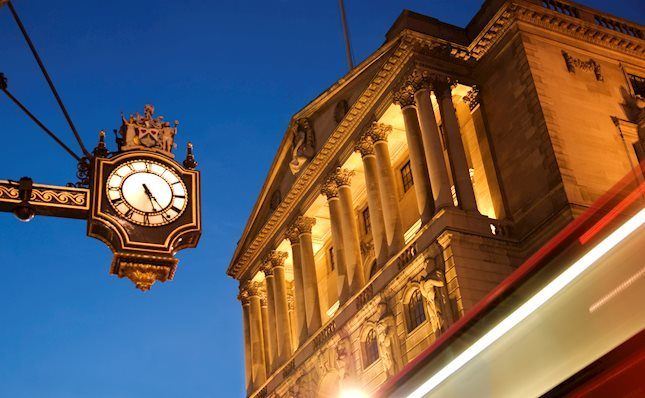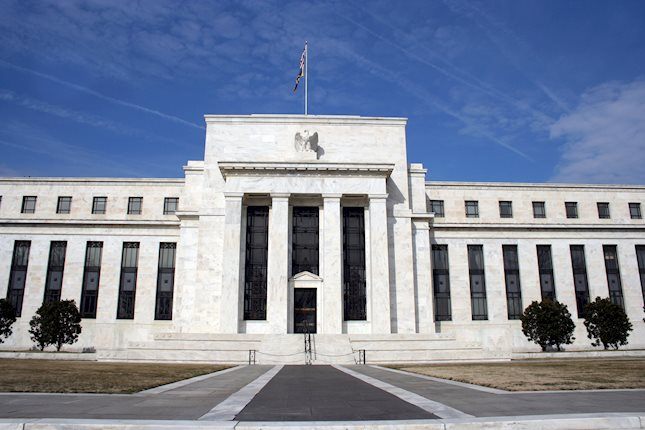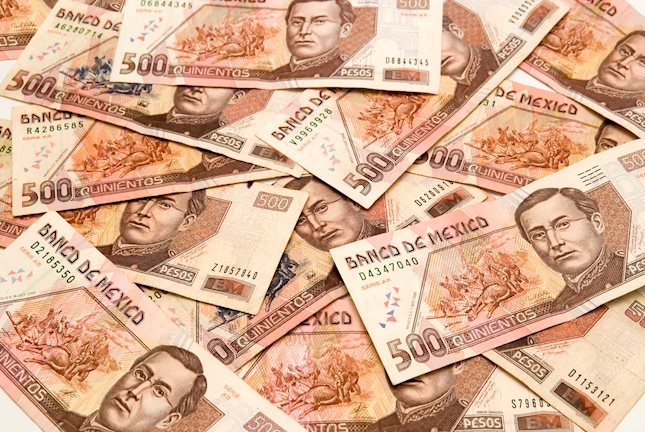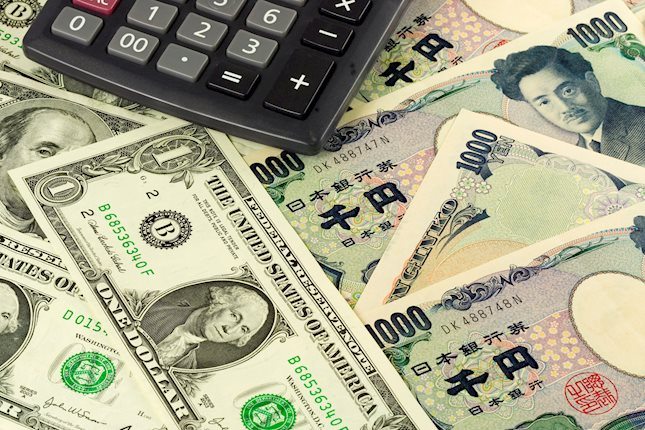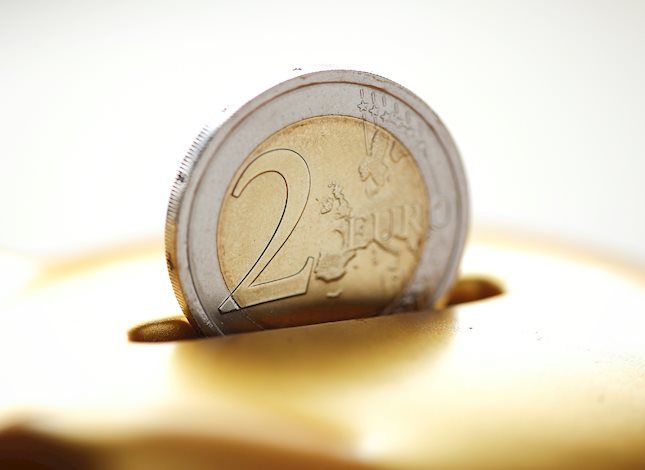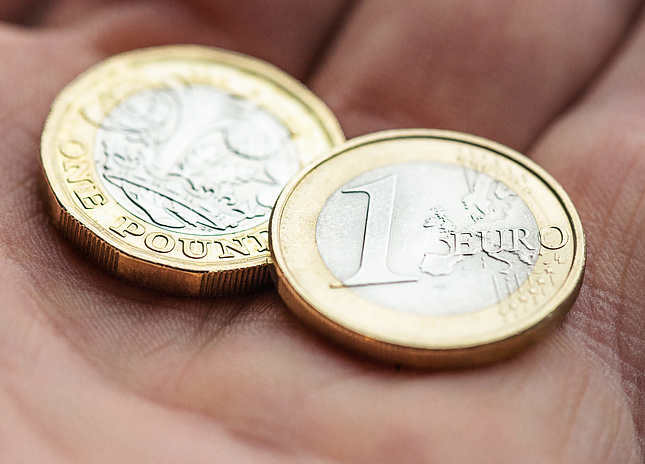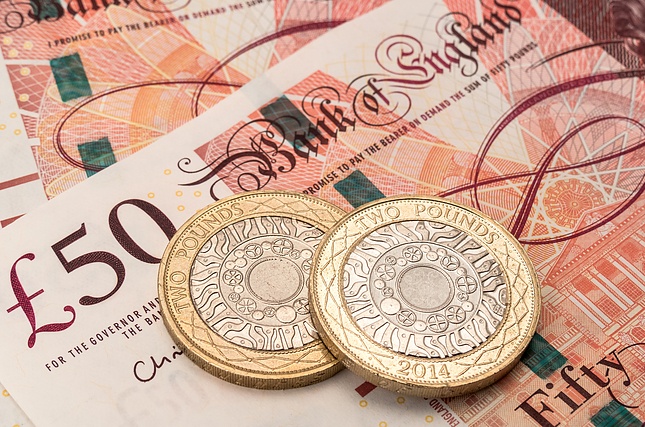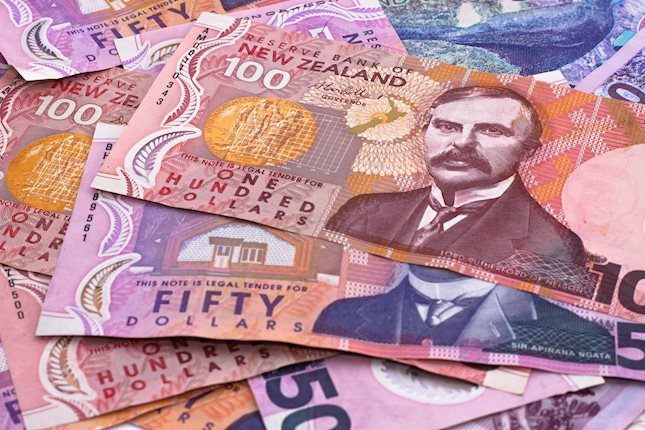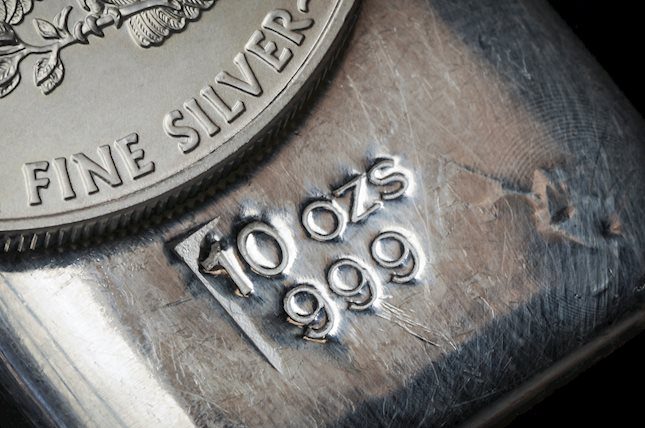US Dollar nearly erases all incurred losses after Yen intervention
- The US Dollar is showcasing its resilience and erases a near 0.50% loss.
- Traders are using the small correction to preposition for the upcoming Fed meeting.
- The US Dollar Index starts to trade stable around 105.80.
The US Dollar (USD) is roaring again, eating up the intraday loss it took during the Asia-Pacific trading session on Monday. Although still unconfirmed, markets are speculating over the possibility that the Bank of Japan (BoJ) or its Ministry of Finance intervened in the forex market to support a rapidly weakening Japanese Yen (JPY). The USD/JPY pair slid lower from 160.17 to 154.50, a more than 3.50% appreciation of the Japanese Yen against the US Dollar.
On the economic data front, Monday presents a very calm start to the week ahead of the main event on Wednesday: the US Federal Reserve (Fed) convening for the Federal Open Market Committee (FOMC) meeting. The main element will be how Fed Chairman Jerome Powell perceives the current situation after some disappointing US economic data combined with signs of persisting price pressures.
Daily digest market movers: Plenty of questions for Powell
- Overnight, the Ministry of Finance from Japan or the Bank of Japan (BoJ) possibly intervened in the Japanese Yen, although there isn’t any official word about it. The move comes after the USD/JPY pair hit 160.00 in early trading on Monday. The BoJ intervenes by strengthening its currency in order to avoid having imported inflation from a weak currency, which could trigger more demand from abroad for goods produced locally.
- At 14:30 GMT, the Dallas Fed Manufacturing Business Index for April will be released. The previous print was -14.4.
- The US Treasury will allocate a 3-month and a 6-month bill around 15:30 GMT.
- Equities are geting a bit dispersed with European equities being unable to take over the positive mood out of Asia. Main European indices are in the red while US equities are in the green after the US opening bell.
- The CME Fedwatch Tool suggests an 88.5% probability that June will still see no change to the Federal Reserve's feds fund rate. Odds of a rate cut in July are out of the cards, while for September the tool shows a 43.6% chance that rates will be lower than current levels.
- The benchmark 10-year US Treasury Note trades around 4.64% and keeps lingering around this level.
US Dollar Index Technical Analysis: King Dollar does not go without a fight
The US Dollar Index (DXY) got trashed on Monday after the Japanese Yen rattled markets by strengthening substantially. Add in there the turning sentiment in US data since last week, with Gross Domestic Product and the Purchasing Managers Indices starting to flirt with contraction, that US exceptionalism looks bleak. The US economy is not in stagflation yet, though the window for the Fed to cut interest rates is starting to close rapidly for this year.
On the upside, 105.88 (a pivotal level since March 2023) needs to be recovered again before targeting the April 16 high at 106.52. Further up and above the 107.00 round level, the DXY index could meet resistance at 107.35, the October 3 high.
On the downside, 105.12 and 104.60 should act as support ahead of the 55-day and the 200-day Simple Moving Averages (SMAs) at 104.40 and 104.10, respectively. If those levels are unable to hold, the 100-day SMA near 103.75 is the next best candidate.
Fed FAQs
Monetary policy in the US is shaped by the Federal Reserve (Fed). The Fed has two mandates: to achieve price stability and foster full employment. Its primary tool to achieve these goals is by adjusting interest rates. When prices are rising too quickly and inflation is above the Fed’s 2% target, it raises interest rates, increasing borrowing costs throughout the economy. This results in a stronger US Dollar (USD) as it makes the US a more attractive place for international investors to park their money. When inflation falls below 2% or the Unemployment Rate is too high, the Fed may lower interest rates to encourage borrowing, which weighs on the Greenback.
The Federal Reserve (Fed) holds eight policy meetings a year, where the Federal Open Market Committee (FOMC) assesses economic conditions and makes monetary policy decisions. The FOMC is attended by twelve Fed officials – the seven members of the Board of Governors, the president of the Federal Reserve Bank of New York, and four of the remaining eleven regional Reserve Bank presidents, who serve one-year terms on a rotating basis.
In extreme situations, the Federal Reserve may resort to a policy named Quantitative Easing (QE). QE is the process by which the Fed substantially increases the flow of credit in a stuck financial system. It is a non-standard policy measure used during crises or when inflation is extremely low. It was the Fed’s weapon of choice during the Great Financial Crisis in 2008. It involves the Fed printing more Dollars and using them to buy high grade bonds from financial institutions. QE usually weakens the US Dollar.
Quantitative tightening (QT) is the reverse process of QE, whereby the Federal Reserve stops buying bonds from financial institutions and does not reinvest the principal from the bonds it holds maturing, to purchase new bonds. It is usually positive for the value of the US Dollar.
Forex News
Keep up with the financial markets, know what's happening and what is affecting the markets with our latest market updates. Analyze market movers, trends and build your trading strategies accordingly.
